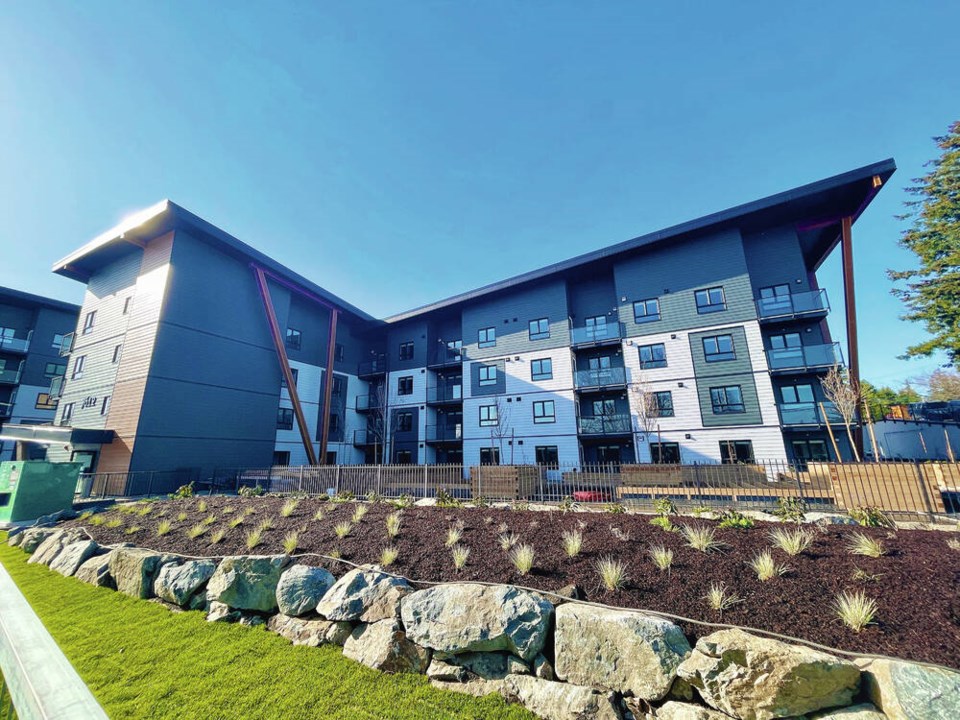The Capital Regional District is asking residents to weigh in on a plan to borrow up to $85 million for affordable housing projects.
The CRD wants to increase the borrowing limit for the Land Assembly, Housing and Land Banking service to $85 million from $35 million.
It has initiated an alternative approval process, under which the measure will go ahead unless 10 per cent or more of electors are opposed.
The initial $35-million limit has already been allocated to projects, said CRD spokesman Andy Orr, so the increased limit would mean $85 million more would be available for housing.
The borrowing would be on an as-needed basis, and would likely take place over several years, said CRD board chair Colin Plant.
No specific projects are lined up for the funding, he said, and the regional district won’t take on any debt until specific partnerships are identified and approved through the annual CRD budget process.
The aim is to partner with the provincial and federal governments and non-profits to bring more affordable housing to the region, Plant said.
The CRD would purchase land, while other levels of government would build and operate housing and provide ongoing rent subsidies.
“This is a potential massive investment by the regional district if the other partners step forward,” he said.
The average CRD taxpayer would see a $26 bump on their CRD tax bill if the borrowing is approved, Plant said. The increase for residents would differ based on their municipality, because each jurisdiction pays for a different combination of services.
In Saanich, where the average resident pays about $550 of annual taxes to the CRD on average, residents would see a roughly five per cent increase. In jurisdictions that have fewer CRD services, the percentage increase would be higher.
While housing is a provincial responsibility, Plant said, the board doesn’t want to stand idly by and watch the quality of life in the region deteriorate because of a lack of affordable housing.
Housing affordability is an issue every local government official hears about on a daily basis, he said.
The CRD board could have gone to each of the region’s 13 municipalities and three electoral districts to seek approval instead of asking residents, but that process would have taken longer, Plant said.
“If we had waited three to four months for every municipal council to give their approval, we were actually delaying the potential allocation of these funds,” he said.
Residents opposed to the increased borrowing limit must submit an elector response form by noon on Feb. 5. Forms can be submitted in person at the CRD head office at 625 Fisgard St. or by email.
If less than 10 per cent of electors, or 33,191 people, submit response forms, the CRD board will be able to adopt the borrowing bylaw. If the threshold is passed, it will indicate the need for a referendum.
More information on the process and elector response forms are available online at crd.bc.ca/landbanking-aap.



